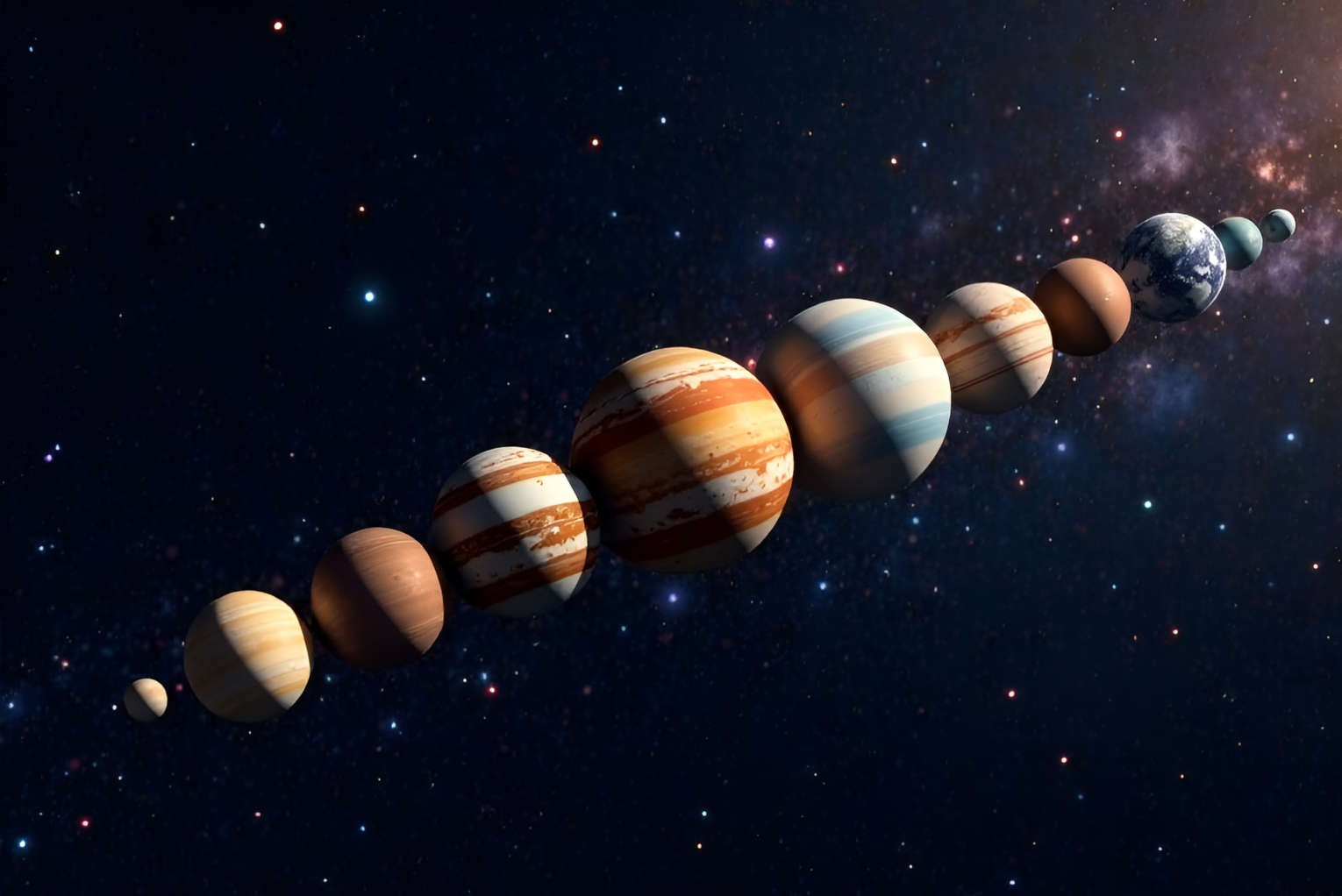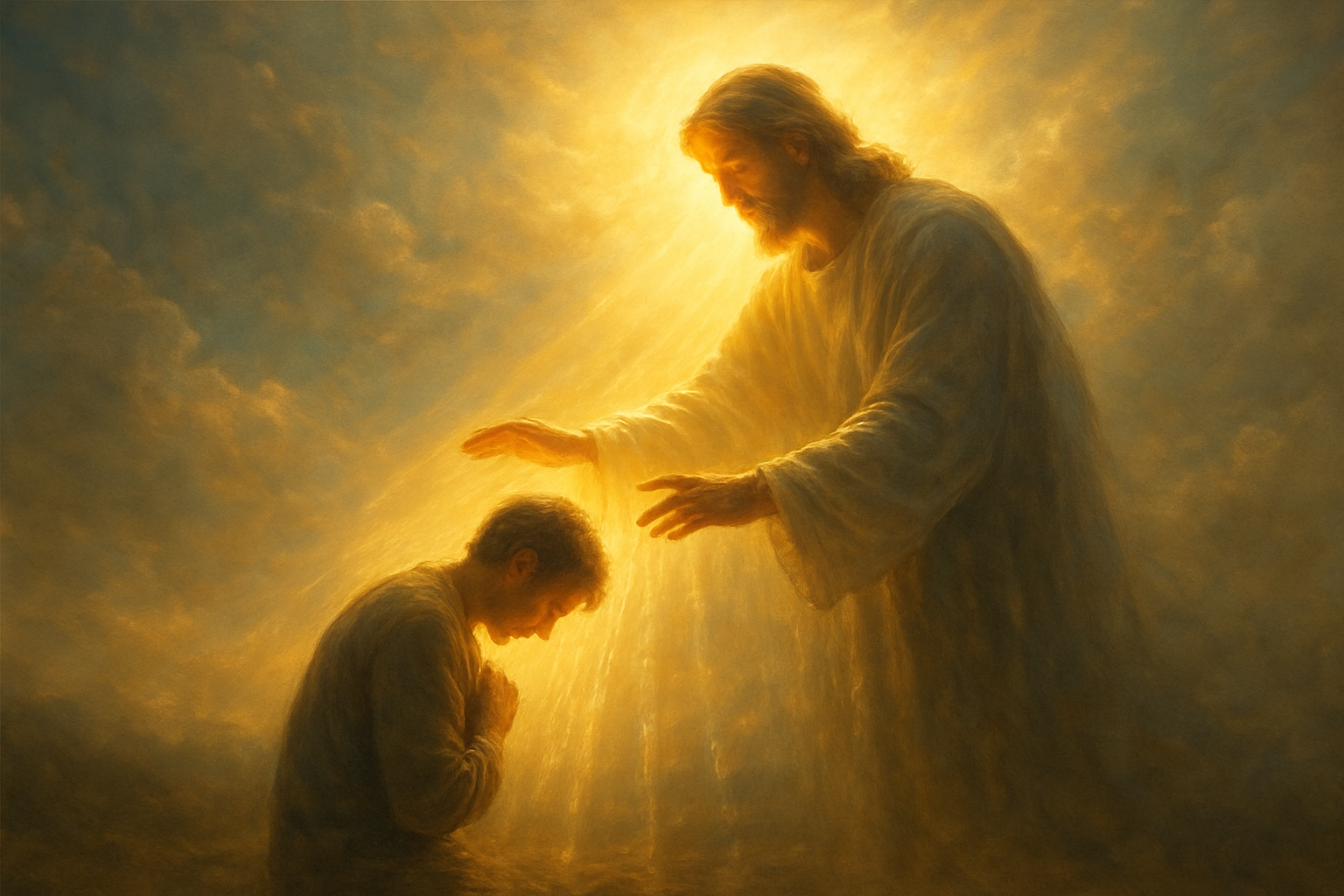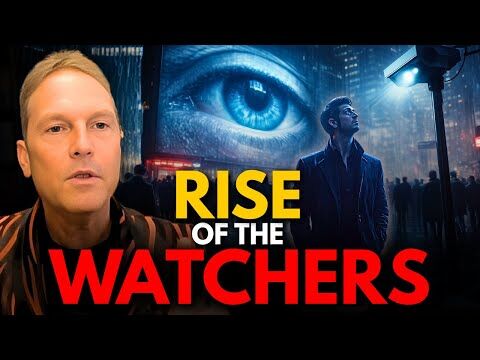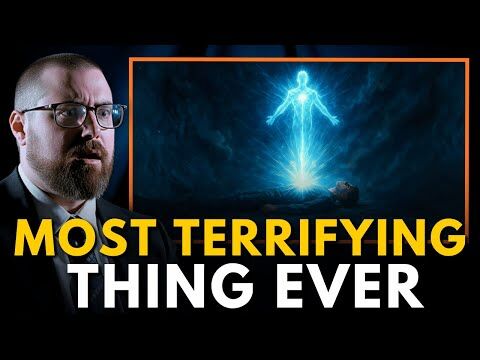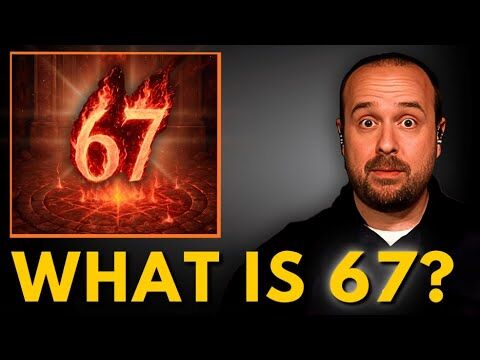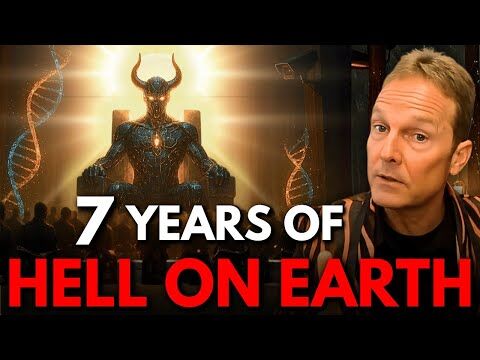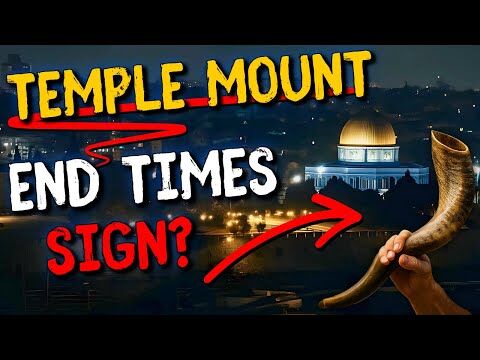If you’ve ever dreamed of seeing the entire solar system in one sweep of the sky, Feb. 28, is your chance.
All seven visible planets—Mercury, Venus, Mars, Jupiter, Saturn, Uranus and Neptune—will line up in what astronomers call a “planet parade.” And while that term might sound like something straight out of a sci-fi movie, it’s very real.
NASA says a “planet parade” occurs when four or more planets are visible together. But this event is even more special—catching all seven at once is a rare sight.
“When you look across the sky, you’re looking out into the solar system,” Preston Dyches of NASA’s Jet Propulsion Laboratory says. “You’re looking from within the plane of the planets, this circular racetrack that all the planets are racing around as they orbit the sun.”
Breaking News. Spirit-Filled Stories. Subscribe to Charisma on YouTube now!
For the best view, start watching about half an hour after sunset. Mercury, Venus and Saturn will be low on the western horizon, while Jupiter and Mars will be high overhead. Uranus and Neptune? You’ll need a telescope.
And if you’re hoping to reunite with Pluto—sorry, it’s below the horizon this time.
A potential nova explosion in the T Coronae Borealis system, known as the “Blaze Star,” could outshine even this planetary spectacle.
“We’ve been waiting for this sucker to flare up and get super bright for several months,” Pamela Gay, a senior scientist at the Planetary Science Institute, says. If it happens, you won’t need a telescope—it’ll be visible to the naked eye.
Thank you for visiting MyCharisma. To read the full story please go to Charisma News.
Join Charisma Magazine Online to follow everything the Holy Spirit is doing around the world!
James Lasher is staff writer for Charisma Media.

